Ryan Gander Interview
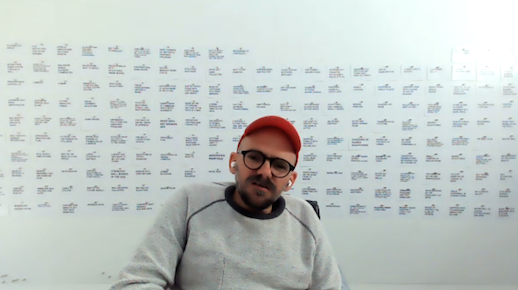
TAB: Congratulations on your exhibitions. I just saw them and they are both wonderful. It is a shame that you could not come to Japan because of the pandemic.
Ryan Gander (RG): That’s okay. I am used to it right now.
TAB: What have been your thoughts through this long pandemic?
RG: Everyone asks me about this a lot. Everyone asks me because everyone tries to understand, because it is confusing. And what I realized is that I think it is exactly the same as normality. Sometimes desperation, sometimes relief, sometimes frustration. Just like a normal life. But it just feels like it’s been concentrated. Like everything…you know all emotions just come amplified. You see what I mean? I think that it made me certainly appreciate that we are actually living and all the amazing things in the world you just completely ignore, because you are distracted by the internet, Instagram, friends, religion, alcohol, music, entertainment – all the stuff designed to distract us. It’s almost like a second Renaissance or Awakening, not religious but it is spiritual. Just like a strange awakening.
TAB: Have you notice if those thoughts have influenced your working style?
RG: Yeah. I mean in a few ways of thinking…You know the way artists traditionally, they do one thing and they keep doing and doing it until they are really, really good. I thought that would happen and I tried that, but it doesn’t fit me at all. The way I make art is I have thousands and thousands of ideas and then wait for the right moment, well opportunity. And if it’s terrible, usually I do two things in case one is terrible…If it’s bad you just throw it in the trash. If it’s great, it’s great. I mean that’s the way I work.
I was talking to one of my kids this morning about… she says, “Oh you look stressed” and I said I have a big presentation tonight and I had to prepare. I said I am stressed out because of work and she said, “I don’t get stressed, I just get excited.”
TAB: That must be nice.
RG: Hahaha, that’s so funny…Because I think what happens is when we grow, excitement turns into stress. It is same emotion, just with more worry.
TAB: Maybe it comes from the same place.
RG: I feel like I am in the counseling session (laughs).
Shinobu Nomura (Tokyo Opera City Art Gallery curator): I tried to be a silent listener this time, but just wanted to say something, because for me stress is a kind of petrol of myself.
RG: My dad said about worry, usually the bad things that happen are not the things you worry about. So…there is no point of worrying…It is a waste of energy worrying.
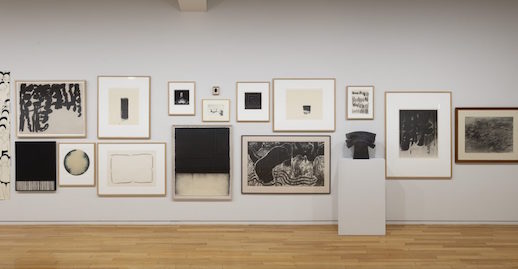
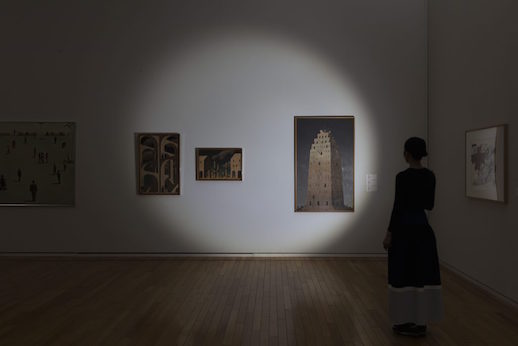
TAB: I wanted to ask about your exhibitions at Tokyo Opera City specifically. Was there anything in particular you paid attention to when choosing artworks for the exhibitions?
RG: When Shinobu and I were talking about how to do it, the thing we talked most about was… [how] art you like and good art are not the same thing. That sounds strange. But it’s…I mean, what you like is based on taste…It’s the same as curating. When I curated exhibitions of all other people’s work, I mean I know what it feels like to be an artist used to being curated. And sometimes it feels like curatorial oversight is too oppressive, too demanding. And sometimes it feels like works are misunderstood. And sometimes it feels like it’s like perfect. But saying that, I never minded it.
TAB: How about the titles of the exhibition? We have “Colours of the imagination” and “All our stories are incomplete…”
RG: The thing is I am color blind, which is crazy for an artist. So I need a lot of color translating, which is why lots of my work is primary colors or black and white. So both of those titles relate to the notion of absence. When we think about absence we think of missing somebody. But I think absence is very positive, especially in art. Because I mean good art for me is a balance between which information you give. If you give too much information, the artwork is didactic. And if you don’t give enough, it becomes elitist and there is no way into the work. That kind of balance is very important. I think in my work I create that balance by taking things away. And it is not something you do consciously, you do it very, very subconsciously. You don’t even realize you’ve done it until it’s pointed out to you. So this idea about missing colors or about incomplete stories or the imagination, they all suggest that with very high-quality art, the spectator or visitor brings something to the equation. They can complete it themselves.
TAB: The exhibition kind of has a chose-your-own- adventure quality, I think.
Nomura: I was thinking one day, those titles “Colors of the imagination” and “All our stories are incomplete…,” they both suit those two exhibitions. I thought “Colors of the imagination,” this title could be “All our stories are incomplete…”
TAB: Right, you could switch them.
Nomura: It is very universal.
RG: Right. Maybe because both exhibitions are actually very similar but they look different. Different devices to do the same thing.
Nomura: Everything connects with imagination.
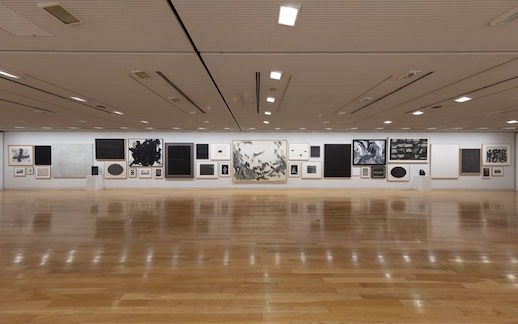
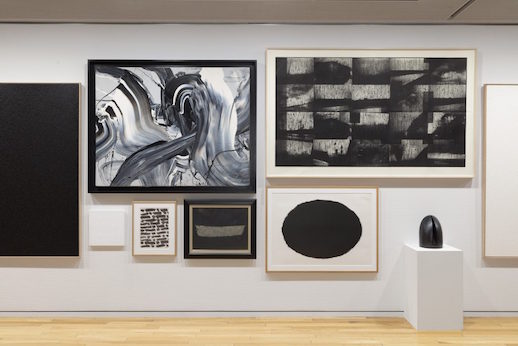
RG: There is a hierarchy in creative world, which is crazy. But from my perspective, I think that designers are architects. Probably more creative than artists. Because most artists do just the same thing. They find something they enjoy repeating….All those restrictions and compromises mean your creative way has to be incredible. [When] you can just do anything, it is quite easy. So it is just strange that artists visit and talk about a hierarchy of creativity, because actually that is one of the easier jobs in all of the creative fields.
TAB: Do you ever give yourself parameters or restrictions?
RG: Yeah, all the time…During lockdown, I challenged myself to a work every month for three months.
One of the biggest things that we ignore when we look at art is we just ask about the art, when subconsciously we might be asking, “Why is this person an artist? Why did they make that?” And a lot of time, big famous commercial artists, if you are honest, you end up thinking they made it to make more money (laughs). They made it to become more famous. Other people think they made it because of some life-long quest. Because they want to learn something. When I say to my students, “Why do you wanna be an artist?” They might say, “Because I think I might end up in a prison otherwise.” That is very dramatic. So it is about intent and honesty asking artists why they want to be an artist.
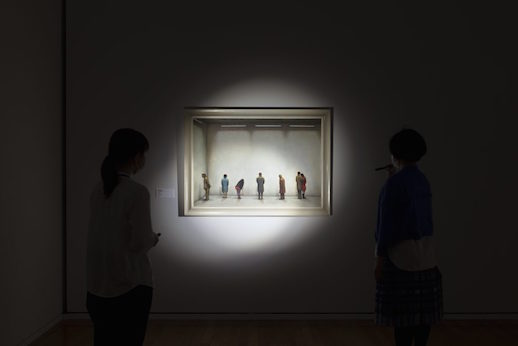
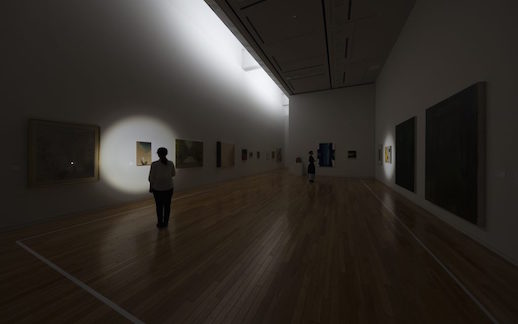
TAB: What was your experience of working with such a large foreign collection? Was there anything you particularly took away from that? Is there anything about Japanese art that you noticed?
RG: It may be I was Japanese in a previous life. Yes, sometimes I feel more comfortable in Japan.
Nomura: After the exhibition opened in April, I counted out the list of works and the works exhibited for the first time. There are more than twenty out of nearly two hundred, which means ten percent [were exhibited for the first time].
RG: Really!
Nomura: You picked up so many new works for us. We have been working on collection exhibitions so many times, but we are not looking so much.
RG: Interesting.
TAB: Any other comments you want to add about your collaboration?
RG: I just wanted to say thank you to Shinobu, but also to the museum. The museum has to meet the expectations of visitors, and an artist wants to defy expectations – that is really a different thing. The job of museums is to not be conformist. I think Tokyo Opera City is showing exactly the way museums should be. They should be bold. So thank you.
*Note: This interview was edited for length and clarity.



